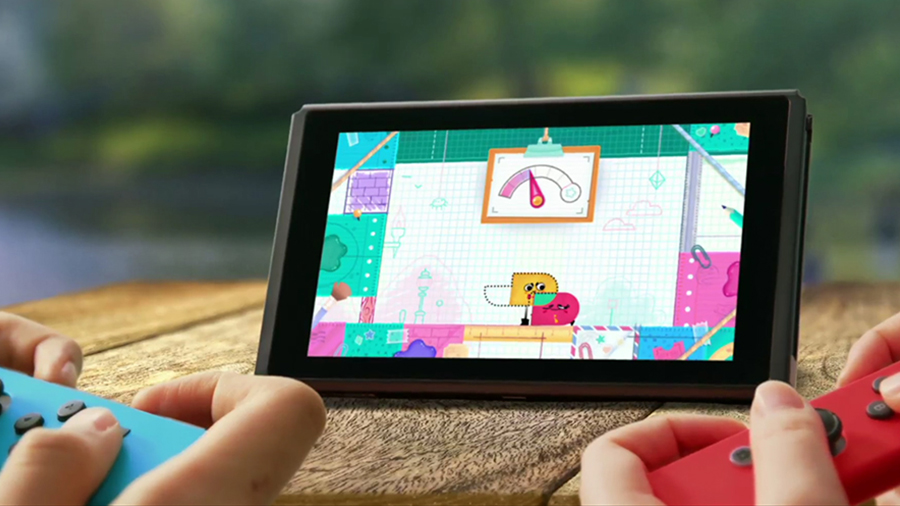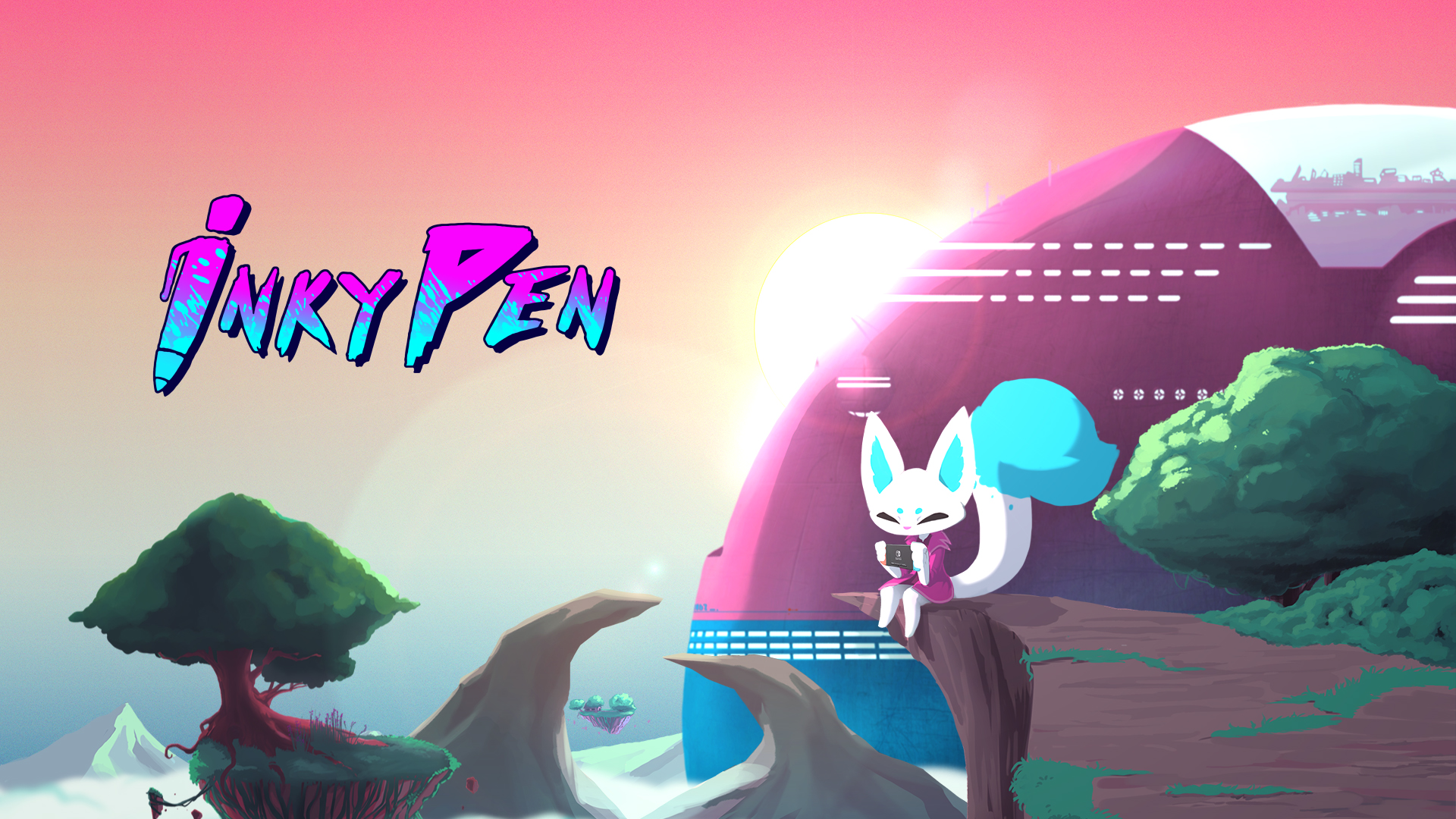Why I'm happy there's still no Netflix on Nintendo Switch
Opinion: Nintendo only needs Nintendo

The Nintendo Switch turns two years old this month, and what’s most startling about this anniversary is how little it has changed in the meantime.
In some ways, the Switch now sits in a vastly different gaming landscape than when it first launched in 2017.
Nintendo is seen as a haven for quality indie games (‘Nindies’, as they’re warmly referred to) while rival consoles from Sony and Microsoft, which for so long have focused on creating a fully-fledged multimedia entertainment system for the home, are cottoning on to the need to prioritize that core experience of games, games and games.
You can see this issue in Sony’s weakening resistance to cross-play between different gaming platforms, or Microsoft’s determined acquisition of development studios to ensure more first-party titles.
There’s now a glut of media players and streaming devices available for your living room, while even our smartphones are able to play and stream almost anything consoles can do outside from more demanding AAA games – and even that is changing. Anyone buying a games console in 2019 is doing so for the games themselves, not its ability to play Netflix or Spotify.
By contrast, the Nintendo Switch has remained a constant, gradually expanding its library of games, but being tremendously careful not to mess with its winning formula: fun, interactive titles that live up to Nintendo’s quality standards. But sticking to your guns will always draw fire for not following mainstream wisdom.
- What to expect from the new Nintendo Switch model this year
Is that it?
When the Switch first launched in 2017, much of the criticism around the console centered around what it couldn’t do. The Switch was a ‘Zelda machine’ with only one AAA game at launch – how many was it meant to have, no-one can tell – and didn’t have a fully-fledged online service. It looked like a tablet, but couldn’t do anything of the things a tablet could do – like run Netflix, YouTube, or desktop apps.
Sign up for breaking news, reviews, opinion, top tech deals, and more.

Nintendo has made some small concessions in this direction, firstly with a video app for US streaming site Hulu. The lack of other mainstream streaming services may seem odd (though an exclusivity contract with Hulu seems likely). YouTube made sense too, for a console centered on teenagers fixated on the Google-owned video platform.
An unexpected expansion of the Switch’s capabilities has also come in the form of comic e-readers. The Inkypen app launched on Switch back in late 2018, with the similar and possibly unnecessary addition of Izeno this February. Both are comic book readers that focus on indie and international publications, offering a wide range of content but missing a few key areas for comic books fans – DC and Marvel, anyone?

It’s hard to say with confidence why Nintendo couldn’t or wouldn’t bring Amazon’s more established Comixology service to the console instead. But the pattern emerging is of a publisher reluctant to let third-party applications overpower the experience of owning a Nintendo Switch console.
Even the slow drip of NES titles to the Nintendo Switch Online service – two or three a month – shows an unwillingness to distract from the newly-released titles hitting the service, or give you everything in one go.
If Nintendo’s best-selling portable console becomes best-known for watching Netflix series or reading the latest Batman Metal comics – rather than playing Zelda, Mario or Metroid – it’s not servicing the primary function of the Switch as a games machine. While this might frustrate players used to all their devices supporting the same platforms, it also allows the Switch to retain some identity – and not compete directly with the tablet or traditional home console market.

The release of more Nintendo Labo kits shows a company willing to experiment with the kinds of play on offer, as do the rumors of VR capability for the Switch down the line. And I’d argue Nintendo is innovating in the right areas, rather than making the Switch’s homescreen look like every other smartphone, tablet, or smart display on the market. Do we really want a full roster of Android or iOS apps for the console?
I’m not saying I wouldn’t like to see that little Netflix icon appear on my Switch’s home screen one day. But if Nintendo refused to give it to me, it would probably be a better way to keep me playing.
- Need more space for games? Get one of these Nintendo Switch SD cards

Henry is a freelance technology journalist, and former News & Features Editor for TechRadar, where he specialized in home entertainment gadgets such as TVs, projectors, soundbars, and smart speakers. Other bylines include Edge, T3, iMore, GamesRadar, NBC News, Healthline, and The Times.